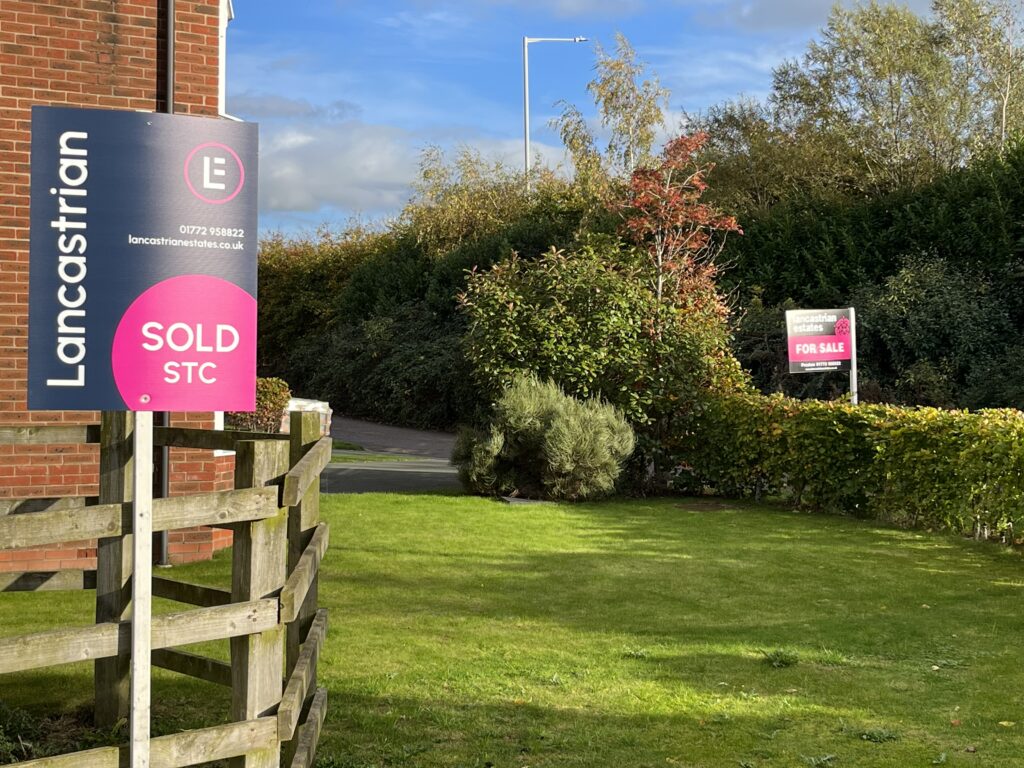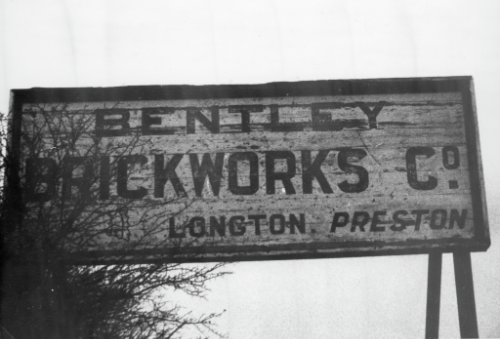 Blog
Blog
07 Jun 2023
The old field names, still in use on the Longton Map of 1838 originated in the Middle Ages. Some of these field names, Townfield, Twining and Tunstead are used as road names on the Bentley Park estate. “Tunstead” is a corruption of “town settlement” and “Twining” means “and enclosure”. Field names such as “kiln hey”, and the absence of limestone, indicate the site has been used for brick making from an early date.
In 1881 the “West Lancashire Railway Company” purchased a strip of land. Longton Bridge Station opened in 1882, linking Longton with Preston and Southport. The railway brought coal which was stored on the south side of School Lane.
In 1891 Mr. John Bentley bought the land to the south of Longton Bridge Station and built the house “Rydal Mount” for himself. In 1897 he sold some of his land to Thomas Ward and Company, who started brick manufacture soon afterwards. The 1911 Ordnance Survey Map shows a single clay pit stretching from the station to Drumacre Lane, the area now known as the middle pond. The same map shows a brick kiln on the other side of Liverpool Road.
The Ordnance Survey Map of 1945 shows the pits known now as the middle and north ponds as disused, and the active clay diggings as being on the south side of Drumacre Lane. The buildings of the brickworks were situated where the houses are now to the south of Ashwood Court.
The Second World War saw strange activities around the north pond. A large house called “The Grove” in its own grounds (now Grove Park) was used as a depot by the Royal Army Service Corps who, together with the Home Guard, used part of the Brickcroft for training. They had a rifle range and grenade throwing area at the east side of what is now the North Pond.

In the 1950s the brickworks were sold by Thomas Ward & Co. to the Bentley Brickworks Company, who continued to make bricks into the 1960’s. Production finally ceased at about the same time as the railway closed in 1964 as part of the nationwide closure of railways under the Beeching plans.
In 1975 the site was surveyed for plants and animals and types of habitats. A comment of one of the surveyors was “that I feel very strongly that it should be preserved as a Conservation area”. The information gained from these surveys, together with the wishes of the local people to protect the site, led to the Department of the Environment proposing the formation of a nature reserve in 1977.
Longton Brickcroft Visitor Centre
Originally opened in 1993, the centre attracts more than 30,000 visitors a year to enjoy the displays and interactive features. In 2001 a new extension to the visitor centre was opened, which gave the opportunity to expand displays and encourage better use by schools and local groups.
Site staff run an educational programme for school children and other groups, perform practical maintenance and interpret the reserve for visitors. The site also has a dedicated group of volunteers helping to look after it.
For more information on the Brickworks and Longton Nature Reserve you can use the following links.
#didyouknow #helpingyoumove #longtonnaturereserve #longton